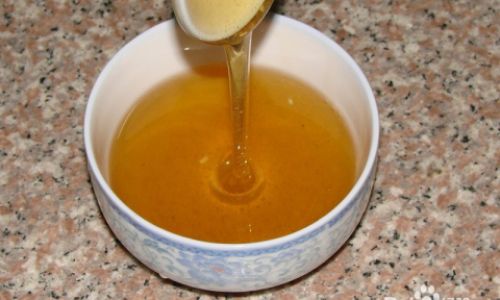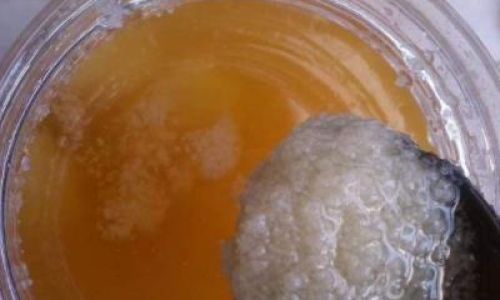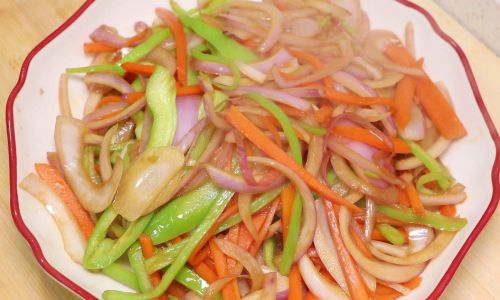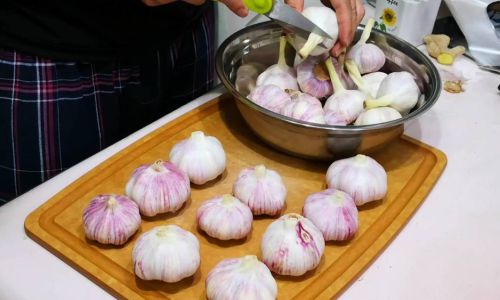Introduction
Honey, often hailed as nature’s sweetener, has been cherished for its unique flavor, nutritional benefits, and medicinal properties across cultures for millennia. From its role in ancient healing rituals to its modern-day use as a natural sweetener, honey continues to captivate our senses and nourish our bodies. However, with the proliferation of adulterated and synthetic honey in the market, selecting authentic honey has become a challenge. This comprehensive guide aims to equip you with the knowledge and skills necessary to discern genuine honey from its impostors, ensuring you enjoy all the benefits this natural treasure offers.

Understanding the Basics of Authentic Honey
Before diving into the specifics of selection, it’s crucial to understand what constitutes authentic honey. Authentic honey is produced by bees that collect nectar from flowers, process it in their bodies, and store it in honeycombs. This natural process results in a sweet, viscous liquid that varies in color, taste, and consistency based on the floral sources and regional conditions.
Key Characteristics of Authentic Honey:
-
Natural Sweetness: Authentic honey has a natural sweetness that is distinct from processed sugars. It contains a blend of fructose and glucose, along with trace amounts of other sugars, minerals, vitamins, and enzymes.
-
Aroma and Flavor: Each type of honey has a unique aroma and flavor profile influenced by the floral sources. For instance, lavender honey might have a floral, slightly perfumed taste, while buckwheat honey is darker, stronger, and has a malty, earthy flavor.
-
Consistency: Authentic honey’s consistency can range from thin and runny to thick and creamy, depending on its glucose-to-fructose ratio, temperature, and storage conditions.
-
Crystallization: Over time, authentic honey may crystallize, forming solid grains. This is a natural process caused by the glucose in honey precipitating out. Creamed honey, which has been intentionally crystallized and stirred to create a smooth texture, is an exception.
-
Enzymes and Pollen: Authentic honey contains enzymes like diastase and invertase, which are produced by bees during the honey-making process. Additionally, it contains pollen grains from the flowers visited by the bees, providing a fingerprint of the floral sources.
Identifying Impostors and Adulterated Honey
The global honey market is plagued by impostors and adulterated honey, which can deceive even the most discerning consumer. Here are some common types of fake and adulterated honey and how to spot them:
-
Sugar Syrups: One of the most common forms of adulteration involves mixing honey with sugar syrups, often high-fructose corn syrup. This dilutes the honey’s natural sweetness and nutritional value.
- How to Spot It: Look for honey that is excessively clear or has a uniform consistency. Authentic honey often has a slightly cloudy appearance due to natural particles and pollen. Taste-wise, adulterated honey might lack the complexity of flavors and aromas found in genuine honey.
-
Watered-Down Honey: Some producers add water to increase the volume of their honey, reducing its purity and quality.
- How to Spot It: Watered-down honey may have a thinner consistency and might not crystallize as readily as authentic honey. It might also lack the rich, full-bodied flavor of pure honey.
-
Filtered Honey: While some filtering is necessary to remove impurities, excessive filtering can remove beneficial pollen and other natural particles, making it harder to verify the honey’s authenticity.
- How to Spot It: Look for honey labeled as “ultra-filtered,” “pure and clear,” or “pollen-free.” Authentic honey, even when lightly filtered, should contain trace amounts of pollen.
-
Imported Honey with Questionable Origins: Some honey labeled as originating from specific regions may actually be a blend of honeys from various sources, sometimes including adulterated or fake honey.
- How to Spot It: Research the country of origin and look for certifications or seals of approval from reputable organizations. Be wary of honey from countries known for producing large volumes of low-quality honey.
-
Honey Blends: Sometimes, honey is blended with other ingredients like molasses, malt syrup, or even artificial flavors and colors.
- How to Spot It: Carefully read the ingredient list. Authentic honey should have one ingredient: honey.
Testing for Authenticity
Beyond visual inspection and taste testing, several scientific methods can help verify honey’s authenticity:

-
Pollen Analysis: Pollen grains in honey serve as a fingerprint of its floral sources. Authentic honey should contain a variety of pollen grains reflective of the regional flora.
- How to Do It: Send a sample to a lab for pollen analysis. This method is highly accurate but requires specialized equipment and expertise.
-
Carbon-14 Dating: Authentic honey contains trace amounts of carbon-14 from atmospheric radiation, while adulterated honey, especially if it contains sugar syrups from fossil fuel-derived sources, will have lower levels.
- How to Do It: This test is typically conducted in specialized labs and is not feasible for individual consumers. However, some honey producers may use this method to verify their products’ authenticity.
-
Electrical Conductivity: Authentic honey has a specific electrical conductivity range due to its natural mineral content. Adulterated honey, especially if mixed with water or sugar syrups, may have different conductivity levels.
- How to Do It: Purchase an electrical conductivity tester designed for honey. This method is relatively simple and can be performed at home, but it requires some interpretation of results.
-
NMR Spectroscopy: Nuclear magnetic resonance (NMR) spectroscopy can detect differences in the chemical composition of authentic and adulterated honey.
- How to Do It: This advanced method is typically used in research or by regulatory bodies. It is not practical for individual consumers.
Practical Tips for Selecting Authentic Honey
While scientific testing provides definitive answers, here are some practical tips to help you select authentic honey in everyday situations:
-
Buy Local: Support local beekeepers and honey producers. Local honey is often fresher, more flavorful, and less likely to be adulterated.
-
Choose Raw and Unfiltered: Raw, unfiltered honey retains its natural enzymes, pollen, and other nutrients. Look for labels that specify “raw” and “unfiltered.”
-
Trust Reputable Brands: Research honey brands and producers. Look for those with a history of producing high-quality honey, certifications from reputable organizations, and positive customer reviews.
-
Inspect the Packaging: Authentic honey often comes in glass jars, which do not leach chemicals into the honey. Avoid plastic containers, especially those that are not BPA-free.
-
Understand Price Points: Authentic honey, especially rare or specialty varieties, tends to be more expensive than mass-produced, adulterated honey. Be wary of unusually low prices, which may indicate poor quality.
-
Ask Questions: Don’t hesitate to ask producers about their honey-making processes, sourcing, and any certifications or testing they conduct. Knowledgeable producers are often happy to share their expertise.
Conclusion
Selecting authentic honey is a multi-faceted process that involves understanding the basics of honey production, recognizing the signs of adulteration, and utilizing both practical and scientific methods to verify authenticity. By following the tips outlined in this guide, you can increase your chances of selecting high-quality, genuine honey that will nourish your body and delight your senses. Remember, supporting authentic honey producers not only ensures you enjoy the full benefits of this natural treasure but also contributes to the health and sustainability of our planet’s bee populations. Happy honey hunting!





0 comments